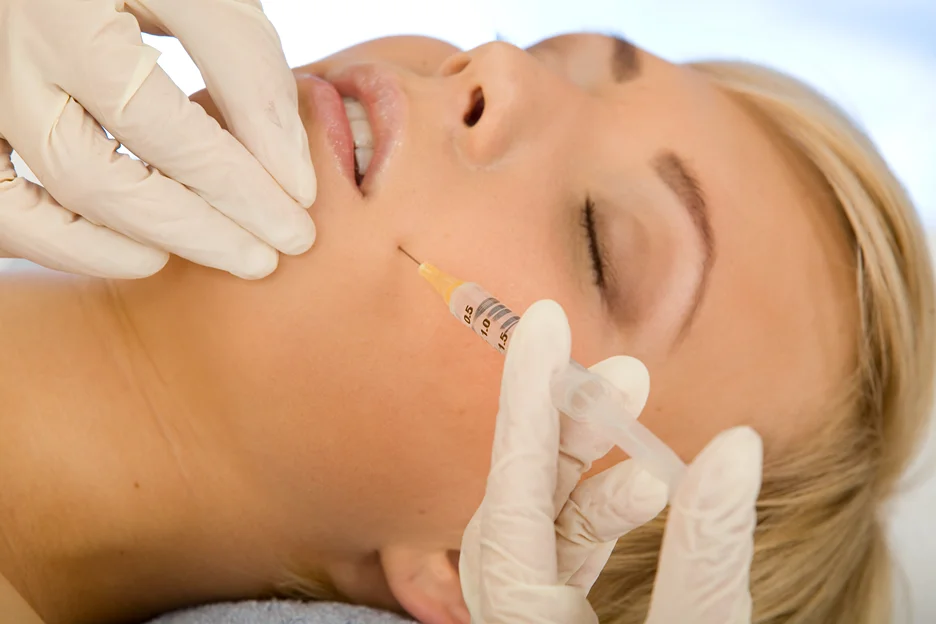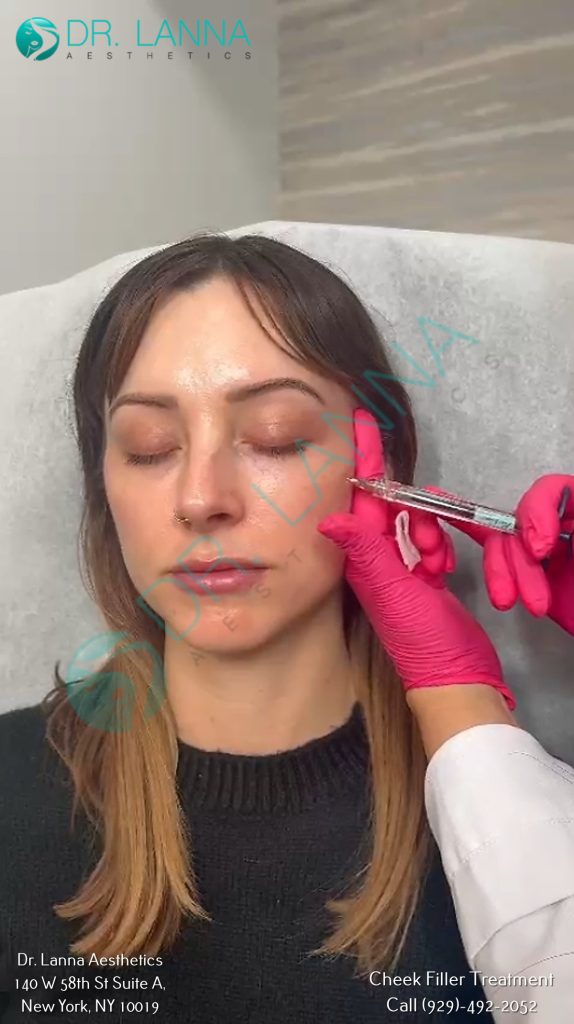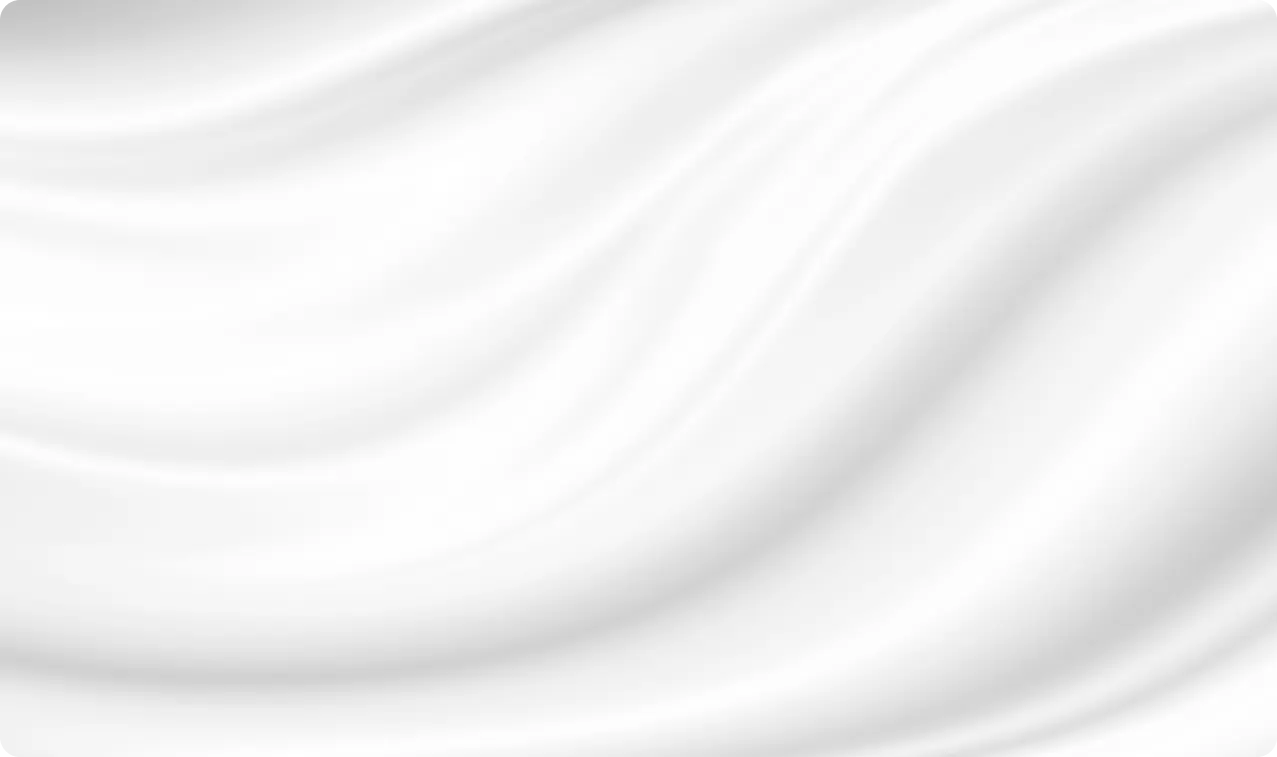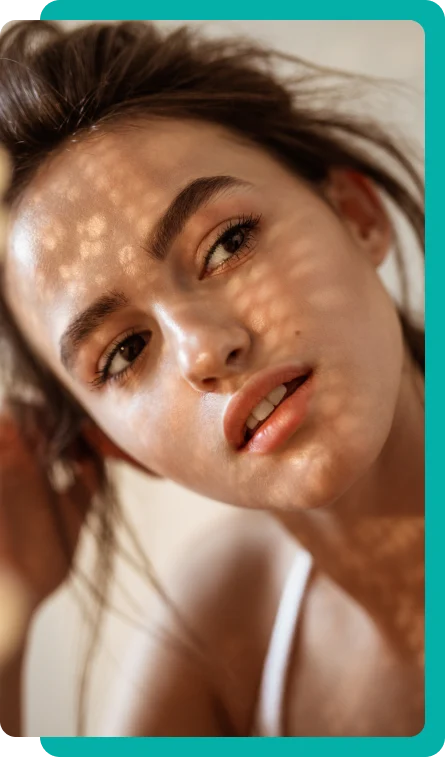For Patients
About
For Providers
Locations
Blog
Contact
Menu
You can sleep on your side after cheek fillers, but it's best to sleep on your back for the first 24-48 hours. Sleeping on your side too soon may cause more swelling and shifting of the filler before it stabilizes.
Forget counting sheep after your cheek filler treatment - your mind is filled with questions about your new, voluminous visage. How long until you can sleep on your side again? Will it ruin your results if you accidentally doze off that way? Relax - with some simple precautions, you'll wake up to perfect, pillowy cheeks.
In this guide, we reveal the secrets of side sleeping success after cheek augmentation. Learn how to position pillows to prop up your plumped-up face, when it's safe to ditch the precautions, and what to watch for if you feel discomfort or notice changes.
Cheek fillers are injectable implants typically composed of hyaluronic acid, a naturally occurring substance in the body that provides structure and hydration to the skin. Hyaluronic acid has a variety of medical and aesthetic uses due to its compatibility with human tissues.
When precisely injected into the midface area, hyaluronic acid filler adds volume to the cheek region. This can reduce the appearance of fine lines, wrinkles, and volume loss that occurs with natural aging.
Skillfully placed cheek fillers can:
Cheek filler results look soft and natural when properly injected. The filler material integrates into the neighboring facial tissues and provides beautiful, even volume distribution.
In addition to hyaluronic acid, there are other types of dermal fillers that can be used for the cheeks which include:
| Collagen-based fillers | These temporary fillers are made from purified bovine or human collagen. |
| Calcium hydroxylapatite (CaHA) fillers | Also temporary fillers, these are made from a mineral-like compound found naturally in bones and teeth. |
| Poly-L-lactic acid (PLLA) fillers | These semi-permanent fillers stimulate the body's own collagen production. |
See how Dr. Lanna can expertly contour your cheeks with subtle fillers tailored to your facial goals. Get in touch today!
After your cheek filler injections, it takes approximately 24-48 hours for the hyaluronic acid material to fully integrate with your facial tissues. During this initial period, you'll want to follow your provider's aftercare instructions closely to allow proper healing and optimal aesthetic results.
Sleeping positions play an important role in this settling period. Sleeping directly on the treated side or an area of concentrated pressure too soon can potentially cause subtle shifts in the filler material before it stabilizes.
While rare, this filler migration is possible in the first 24 hours before the material adheres to the surrounding tissue. That's why sleeping on your back is recommended to allow even weight distribution on the face.
Side sleeping, especially on the injected side, also puts pressure on the treatment area that can exacerbate swelling. Swelling is a common side effect of filler injections. Controlling inflammation by avoiding side sleep initially allows the area to heal faster.

The optimal sleeping position after cheek filler injections is sleeping on your back with your head slightly elevated.
Use an extra pillow or two to prop your head up at roughly a 30-degree incline when lying on your back. This allows the face to rest evenly and avoids concentrated pressure points on the treatment area.
Keeping the head elevated can also help reduce swelling and discomfort. The cheek area in particular tends to heal quickly thanks to robust blood circulation. But controlling swelling in the first 24 hours remains important.
Here are the recommended sleep positions after cheek fillers:
Take care to follow your provider's instructions for sleeping position to maximize your results.
While you can likely switch to side sleeping after 24 hours, back sleeping for an additional night or two is ideal.
Trust Dr. Lanna's recommended sleep guidelines to allow your cheek fillers to properly adhere for a beautiful outcome. Book your consultation
Adjusting your sleep position after cheek filler treatment may feel unusual at first. Here are some tips for sleeping comfortably on your back:
| 1 | Try a soft travel neck pillow under the neck to keep your head propped up. |
| 2 | Apply an ice pack wrapped in a towel to the treatment area for 10-15 minutes before bed to reduce swelling. |
| 3 | Take any prescribed medication before bed to manage discomfort. |
| 4 | Use relaxation techniques like deep breathing to fall asleep in an unusual position. |
| 5 | Consider using an eye mask and earplugs to block light and sound for improved sleep. |
Avoid using a stack of pillows that strains your neck. Find positions that allow your body to remain relaxed.
Be patient with swelling and bruising in the first 48 hours. Applying an ice pack before bed can provide significant relief and improve sleep.
While unusual, there are some risks associated with not following your provider’s instructions for sleeping positions after cheek fillers:
The risks are minimal if you follow the recommended sleeping positions and aftercare guidelines. But improper sleep directly on the treated area before the filler has stabilized can disrupt the healing process.
Patience is important, as it may take up to 2 weeks for swelling and subtle bruising to fully resolve. Avoiding direct pressure by sleeping on your back for the first 1-2 nights allows the best possible results.
It's recommended to sleep on your back and avoid sleeping on your side for at least 24-48 hours after getting cheek fillers. This allows the filler to settle properly without shifting.
Sleeping directly on the treated side can potentially cause minor displacement of the filler, but this movement is usually temporary and unlikely to significantly impact your results.
Yes, putting pressure on the treated area by sleeping on your side too soon after fillers can exacerbate facial swelling and prolong the healing process.
No, sleeping face down on your stomach is not recommended after cheek filler injections due to the increased pressure it places on the delicate treatment area.
Use pillows or a body pillow placed along your back and sides to prevent rolling over and sleeping on the treated area while recovering from cheek fillers.
Yes, sleeping with your head slightly elevated by 2-3 pillows after cheek filler injections can help facilitate drainage and reduce swelling in the treated area.

Cheek fillers can beautifully recontour your midface and restore a more youthful, plump appearance. But finding an experienced injector is imperative for natural-looking results.
Dr. Lanna Cheuck of Lanna Aesthetics is a board-certified facial plastic surgeon with an artistic eye for facial balance. With over 10,000 successful procedures performed, patients travel from across the country to visit her Atlanta practice.
Dr. Lanna takes time to understand your unique beauty goals and develop a customized treatment plan. She expertly injects cheek fillers to complement your individual facial anatomy.
Her patients appreciate her emphasis on patient education and exemplary aftercare. Following her instructions allows you to heal properly after cheek fillers.
To learn more about sculpting your best cheek contour with a Dr. Lanna Aesthetics physician, request a consultation online. You'll get personalized care from a provider dedicated to your satisfaction.

Join Dr. Lanna & Dr. Doshi for a Transformation
Unlock the possibilities with our certified facial and oculofacial plastic surgeries. Attend our free webinar to find out how we can tailor solutions for you, with financing available to fit your budget.
